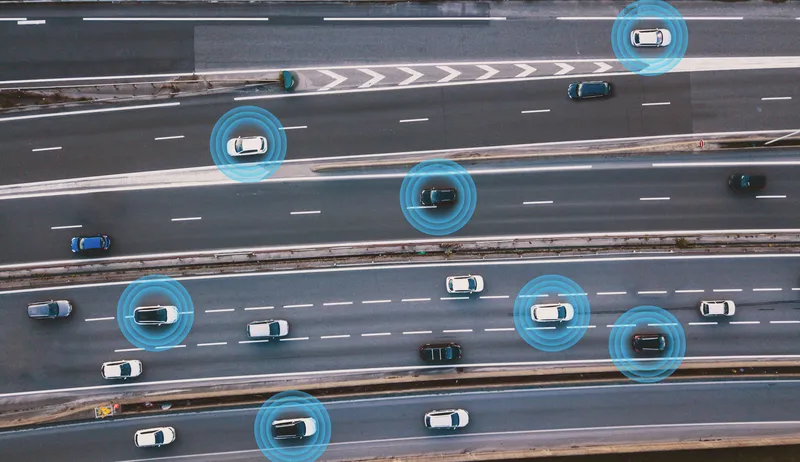
The Connecticut Department of Transportation (CTDoT) has announced a plan for connected and autonomous vehicles (C/AV) to support emerging transportation technology and mobility trends.
The CTDoT says the plan outlines strategies for advancing multimodal C/AV-related services and infrastructure to address both current and evolving transportation needs.
CTDoT commissioner Joseph Giulietti says: “Over the next few decades, advancing C/AV technologies has the potential to drastically change mobility and our transportation systems in Connecticut and across the country. As innovation around these technologies continues to develop at a fast pace, we’re focused on ways Connecticut can benefit, especially with the potential for C/AV to dramatically improve transportation safety.”
As part of the plan, the CTDoT has developed a near-term (2021-25) strategy that will focus on different facets of C/AV technologies where there are significant advances by the industry and public sector.
This includes activities such as deploying pilot projects, early policy coordination and development and assessments of workforce and infrastructure readiness.
A separate long-term plan (beyond 2025) will see the CTDoT maintain a feedback loop to adapt and engage with the pace of advancements in C/AV technologies, policies and readiness.
The department will also look for opportunities to implement infrastructure programmes and services at larger scale to support advances in C/AV technologies, subject to its own capabilities, available funding, national standards and policies and technology readiness.
The CTDoT says its plan represents a “snapshot in time” and will be revisited and updated in response to changing technologies, shifts in transportation needs and priorities and evolving federal, state and local laws and regulations.










